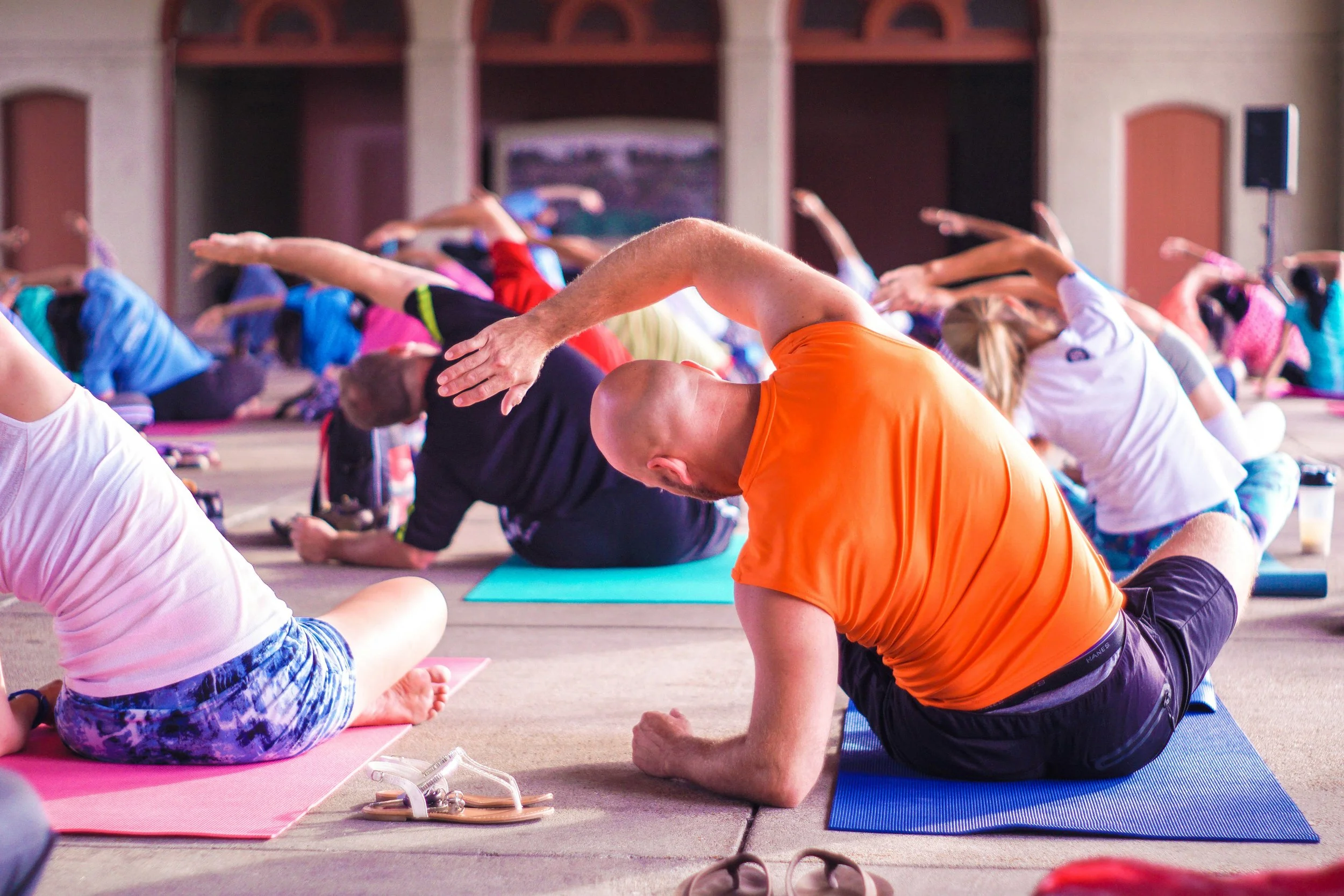Yoga Now, Pain Later: Understanding and Preventing Yoga-Related Discomfort
Yoga is often celebrated as a practice that promotes flexibility, strength, and mental well-being. However, for some practitioners, improper techniques, overexertion, or lack of awareness can lead to discomfort or even pain after a session. This phenomenon, often summed up as "Yoga now, pain later," can discourage people from continuing their practice.
But fear not! Pain after yoga is not an inevitable part of the journey. With proper guidance, technique, and mindfulness, you can enjoy the benefits of yoga without suffering unwanted discomfort. Let’s explore the common causes of post-yoga pain, how to prevent it, and when to seek professional advice.
Why Does Yoga Cause Pain?
While yoga is generally a low-impact activity, certain factors can contribute to pain or soreness:
Overstretching
Pushing your body beyond its natural limits can lead to strained muscles or ligaments. This is common when trying to achieve advanced poses prematurely.Improper Alignment
Incorrect alignment in poses can place undue stress on joints and muscles, leading to discomfort or injury over time.Repetitive Strain
Repeatedly practicing the same poses without rest or variation can strain certain areas, such as the wrists, shoulders, or lower back.Lack of Warm-Up
Jumping straight into intense poses without warming up can shock the muscles and lead to stiffness or soreness.Muscle Activation
Yoga often works muscles that are not used regularly. The resulting soreness, similar to what you might feel after a new workout, is a natural part of muscle development.
Common Areas of Post-Yoga Pain
Lower Back
Overarching in backbends or poor alignment in forward folds can strain the lower back.Wrists
Poses like Downward Dog or Plank can put pressure on the wrists, especially if weight is not distributed correctly.Hips
Deep hip openers can overstretch the hip flexors or surrounding muscles, leading to discomfort.Knees
Incorrect alignment in poses like Warrior II or Lotus Pose can stress the knees.Shoulders and Neck
Tension from improper engagement in poses like Chaturanga or headstands can result in shoulder or neck pain.
How to Prevent Yoga-Related Pain
Listen to Your Body
Pay attention to your limits and avoid pushing yourself into poses that feel uncomfortable or forced.Focus on Alignment
Proper alignment ensures that your body weight is distributed evenly, reducing the risk of strain. Seek guidance from a teacher to refine your form.Warm Up Properly
Begin each session with gentle stretches and movements to prepare your muscles and joints for more intense poses.Engage Your Core
Activating your core muscles provides stability and protects your lower back in many poses.Use Props
Blocks, straps, and bolsters can support your practice, making challenging poses more accessible and reducing strain.Take Rest Days
Allow your body time to recover by spacing out intense yoga sessions or incorporating gentler styles like restorative yoga.Practice Mindful Transitions
Moving carefully between poses prevents sudden jerks or twists that can lead to injury.
When to Seek Professional Help
While some soreness after yoga is normal, certain types of pain may indicate a more serious issue:
Sharp or Shooting Pain: This may signal nerve compression or injury.
Swelling or Bruising: These symptoms could indicate a muscle or ligament strain.
Persistent Pain: Discomfort lasting more than a few days should be evaluated by a healthcare professional.
Joint Pain: Pain in the knees, wrists, or shoulders that worsens over time may require medical attention.
Adapting Your Practice for Long-Term Comfort
Choose the Right Style
Explore different yoga styles to find one that suits your body and goals. For example, restorative or Yin yoga may be more appropriate if you're prone to soreness.Modify Poses
Don’t hesitate to modify poses to suit your flexibility, strength, and current condition.Build Strength Gradually
Focus on building strength in your core, legs, and arms to support advanced poses over time.Invest in Professional Guidance
Working with an experienced yoga instructor can help you refine your practice and prevent common mistakes.
The Role of Recovery in Yoga
Post-yoga recovery is essential for preventing pain and ensuring your body adapts positively to the practice. Here are some tips:
Stretch After Practice: Gentle stretches can help release tension and prevent soreness.
Stay Hydrated: Proper hydration supports muscle recovery and overall well-being.
Practice Self-Massage: Tools like foam rollers or massage balls can relieve tight muscles.
Get Enough Sleep: Rest allows your body to repair and rejuvenate.
Conclusion
Yoga is a powerful tool for physical and mental well-being, but improper technique or overexertion can lead to discomfort or pain. By focusing on alignment, listening to your body, and prioritizing recovery, you can enjoy the benefits of yoga without the downside of “Yoga now, pain later.”
Remember, yoga is a journey of self-awareness and growth. Take your time, honor your limits, and let the practice support you in becoming stronger, more flexible, and more mindful over time.
